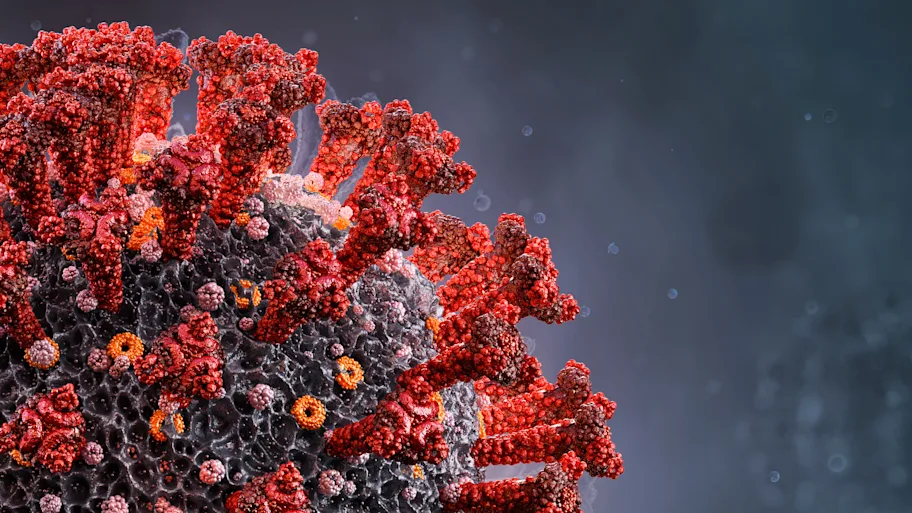
- Science news
- Featured news
- Fatal cases of Covid-19 deepen our understanding of disease progression
Fatal cases of Covid-19 deepen our understanding of disease progression
Mortality risk factors include old age, underlying health conditions, and bacterial and respiratory co-infections. Image: Shutterstock
-- by Nora Belblidia, Frontiers Science Writer
If we understand the risk factors that lead to mortality among COVID-19 patients, we can prevent deaths caused by the disease. That was the impetus behind the recent paper published in Frontiers in Medicine, in which researchers in Wuhan, China studied how the illness progressed among fatal cases.
“A better understanding of the disease progression, especially for the severe or critically ill cases, is essential to the control and treatment of this epidemic,” says lead author Dr. Liang Shao, of Wuhan University’s Zhongnan Hospital, where the study took place.
Novel Insights Into Illness Progression and Risk Profiles for Mortality in Non-survivors of COVID-19► Read original article► Download original article (pdf)
Shao says that while the overall mortality rate of COVID-19 is estimated to be about 2%, “over 50% of critically ill COVID-19 patients in Wuhan finally died due to multiple organ dysfunction and severe complications.”
The study examined 155 patients diagnosed with COVID-19 at Zhongnan Hospital, paying particular attention to the 18 who did not survive. Most of the non-survivors were men over the age of 65 with underlying conditions, and many became co-infected with other respiratory viruses, bacteria, and mycoplasma over the course of the illness. Of the 18 patients studied, 17 developed acute respiratory distress syndrome (ARDS) by the time of their death, 10 had acute cardiac injury, and 7 had acute kidney injury.
Patients also had marked decreases in T cells, a sign of a weakened immune response, as well as decreases in plasma protein and albumin. The authors emphasized that early intervention was crucial. In fatal cases, the median hospital stay was just 13.5 days, meaning that patients died within a couple weeks of being admitted.
Related: How COVID-19 kills
Shao says these findings “provide important clues for the frontline physicians during the fighting with COVID-19.” For example, timely nutrition support is necessary to treat decreased plasma proteins and albumin. Antibiotics should also be used to treat bacterial co-infection. The authors emphasized that early interventions should be taken when possible. They also noted that survival rates may have been affected by the fact that some patients and relatives declined treatments, such as mechanical ventilation and continuous renal replacement therapy (a form of dialysis), due to the patient’s old age.
This study was limited by its small sample size (18 patients), along with the fact that the data analyzed came from a single site. The authors recommend that further studies should study a larger number of patients at multiple sites in order to accurately understand how COVID-19 manifests and advances.
Original article: Novel Insights Into Illness Progression and Risk Profiles for Mortality in Non-survivors of COVID-19






